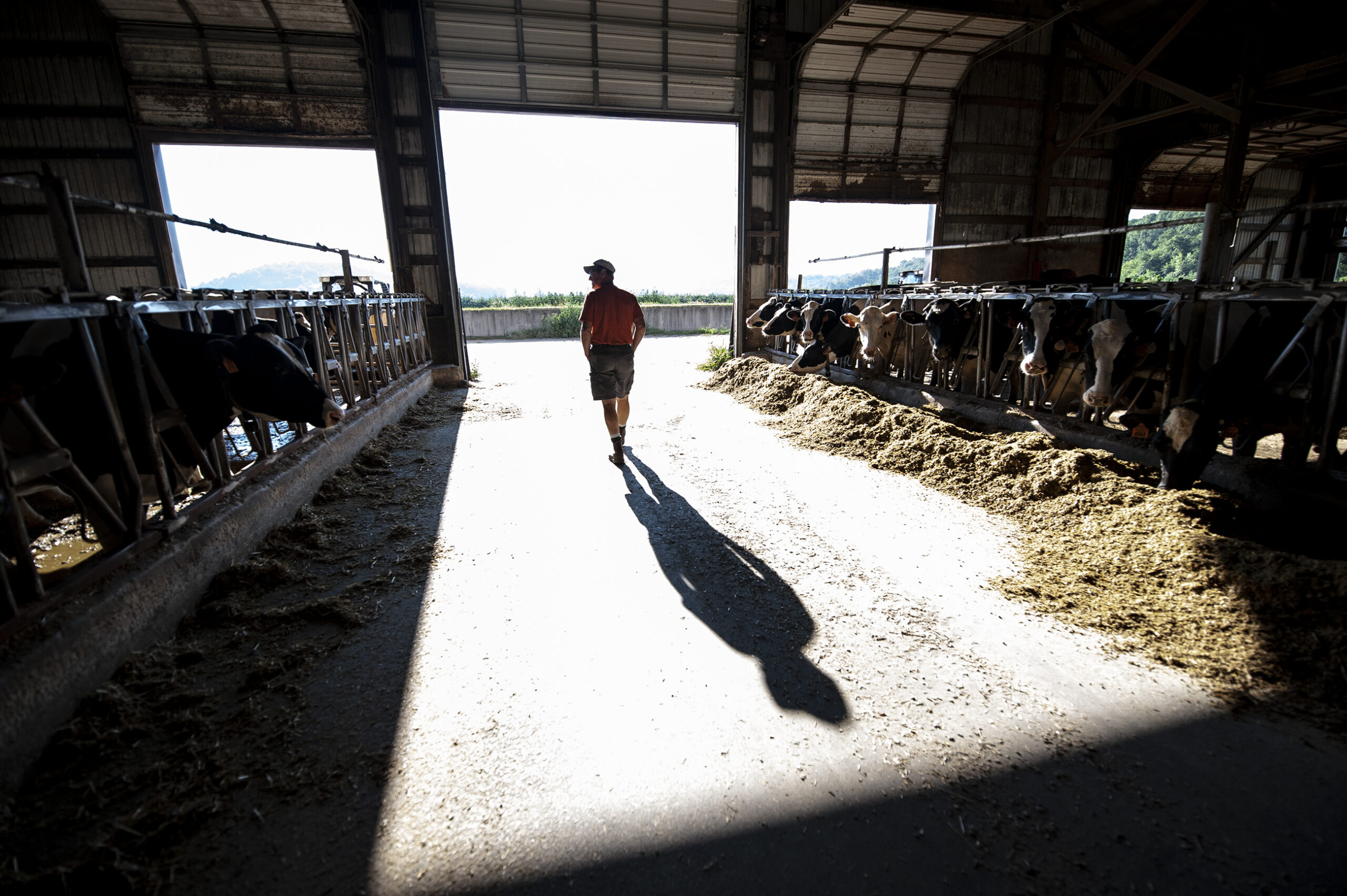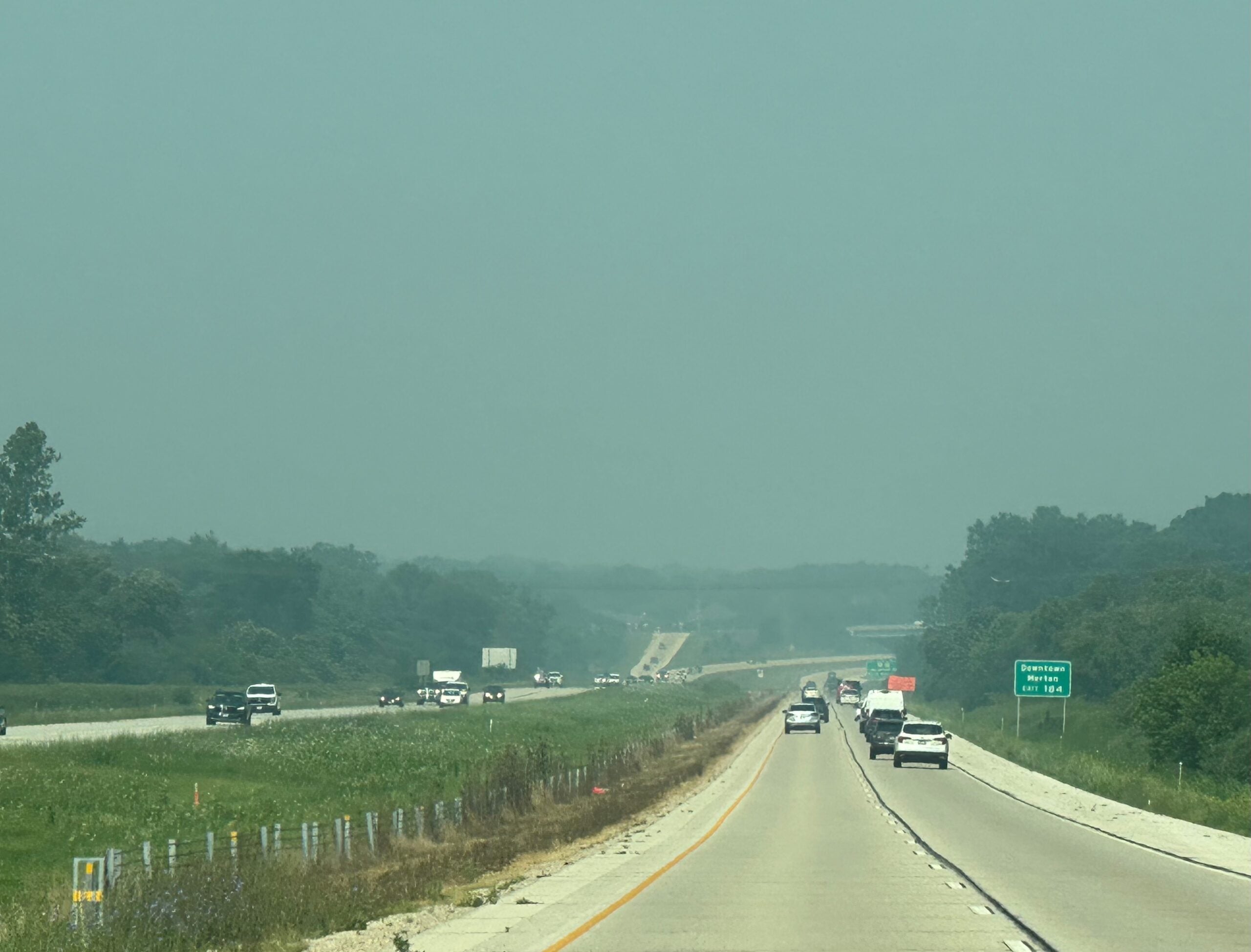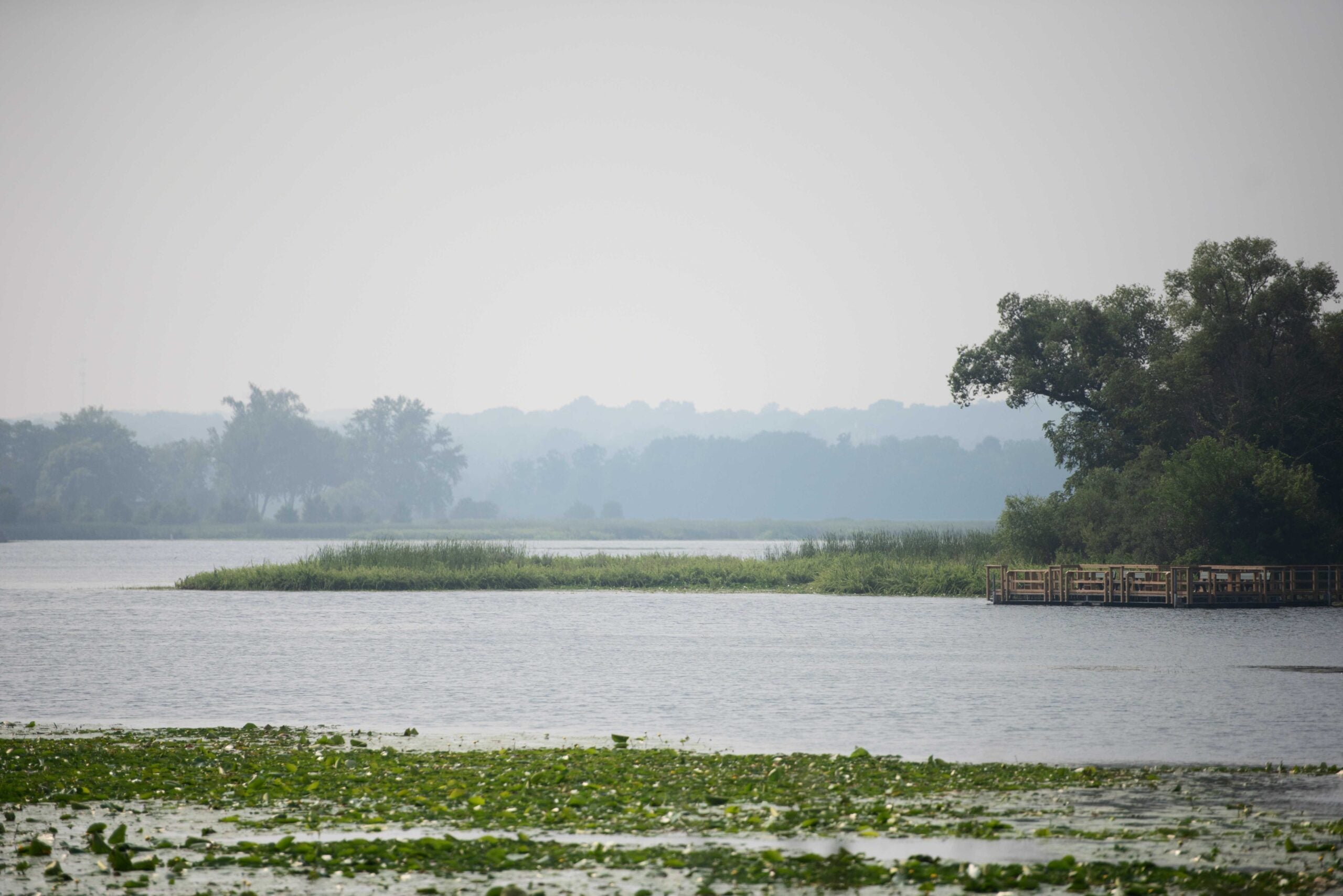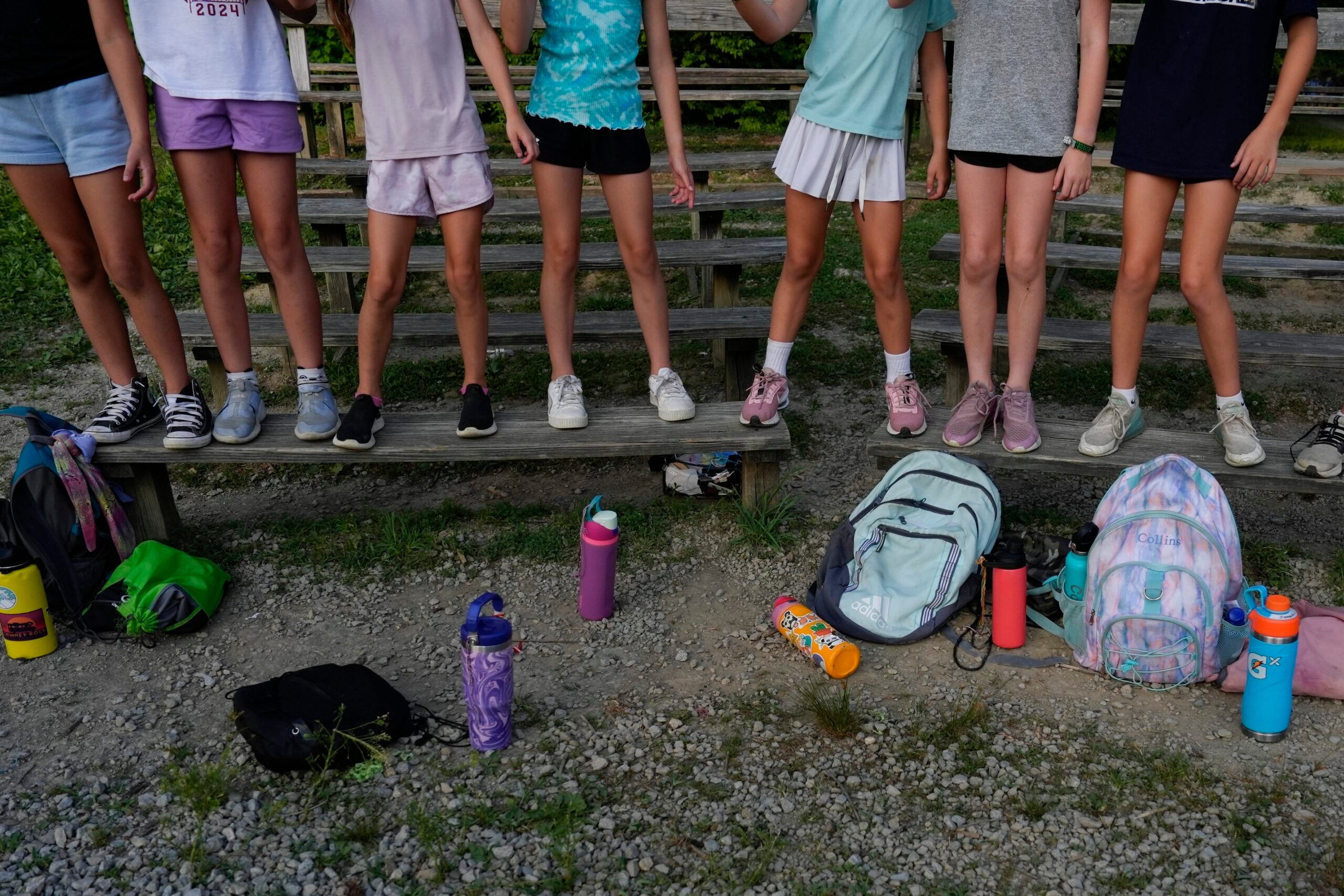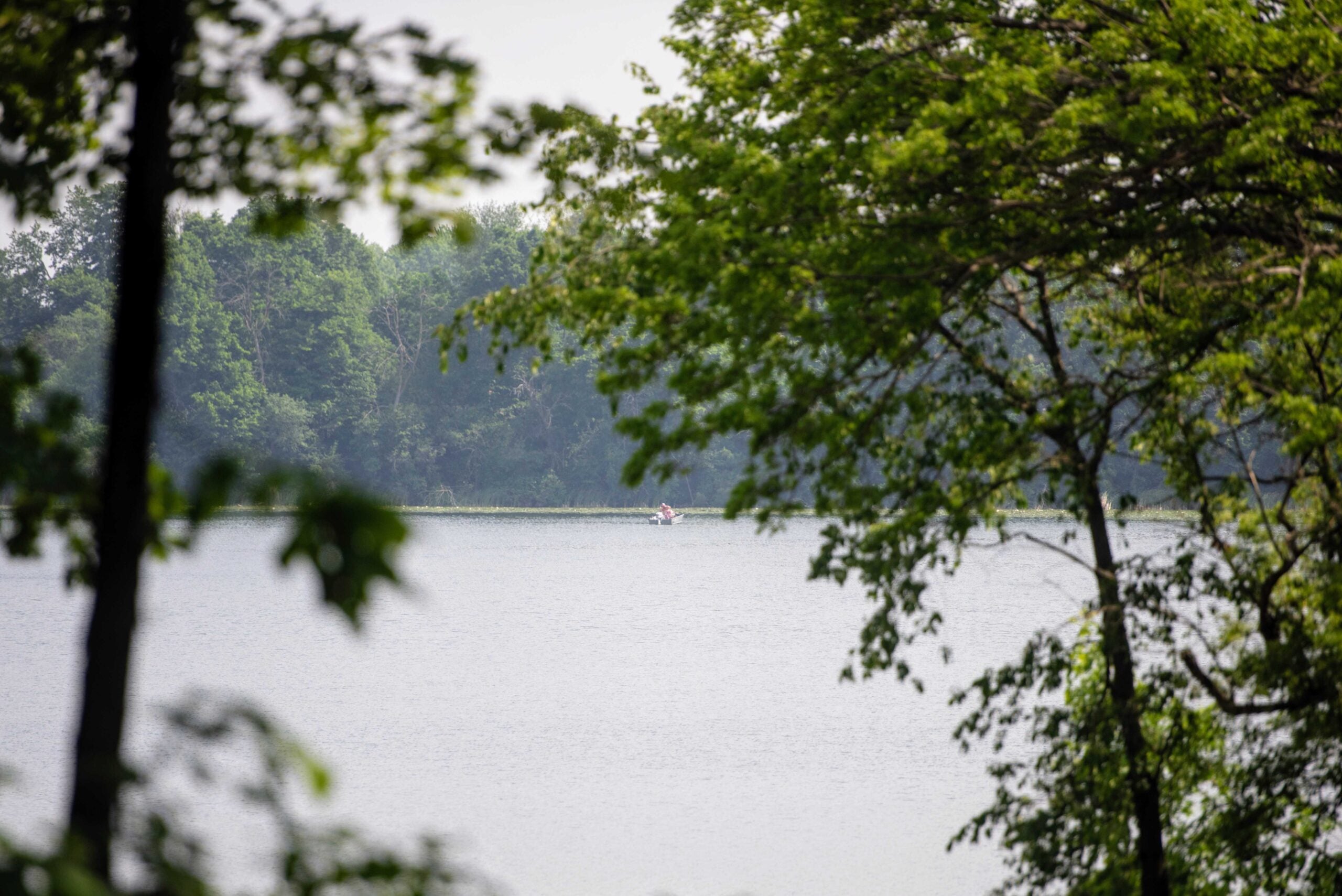Mark McKone, owner and head trainer at MM Equestrian in Dousman, was planning on spending last week training his horses for an upcoming competition.
Instead, he decided not to attend that event, and limited the workload for his 20 horses after smoke from Canadian wildfires led to a statewide air quality advisory.
“A lot of my income comes from traveling and competing,” McKone said. “Even if it’s not necessarily bad here, if I’m going to Chicago, or Ohio, some of these other places I’m going this summer, if it’s (air quality) in a warning level, we won’t compete, for sure.”
News with a little more humanity
WPR’s “Wisconsin Today” newsletter keeps you connected to the state you love without feeling overwhelmed. No paywall. No agenda. No corporate filter.
Smoke from the wildfires has been affecting the daily lives of millions of people across thousands of miles. But that smoke, which led to “very unhealthy” and even “hazardous” air quality indexes for portions of the state last week, is also affecting livestock and wildlife across Wisconsin.
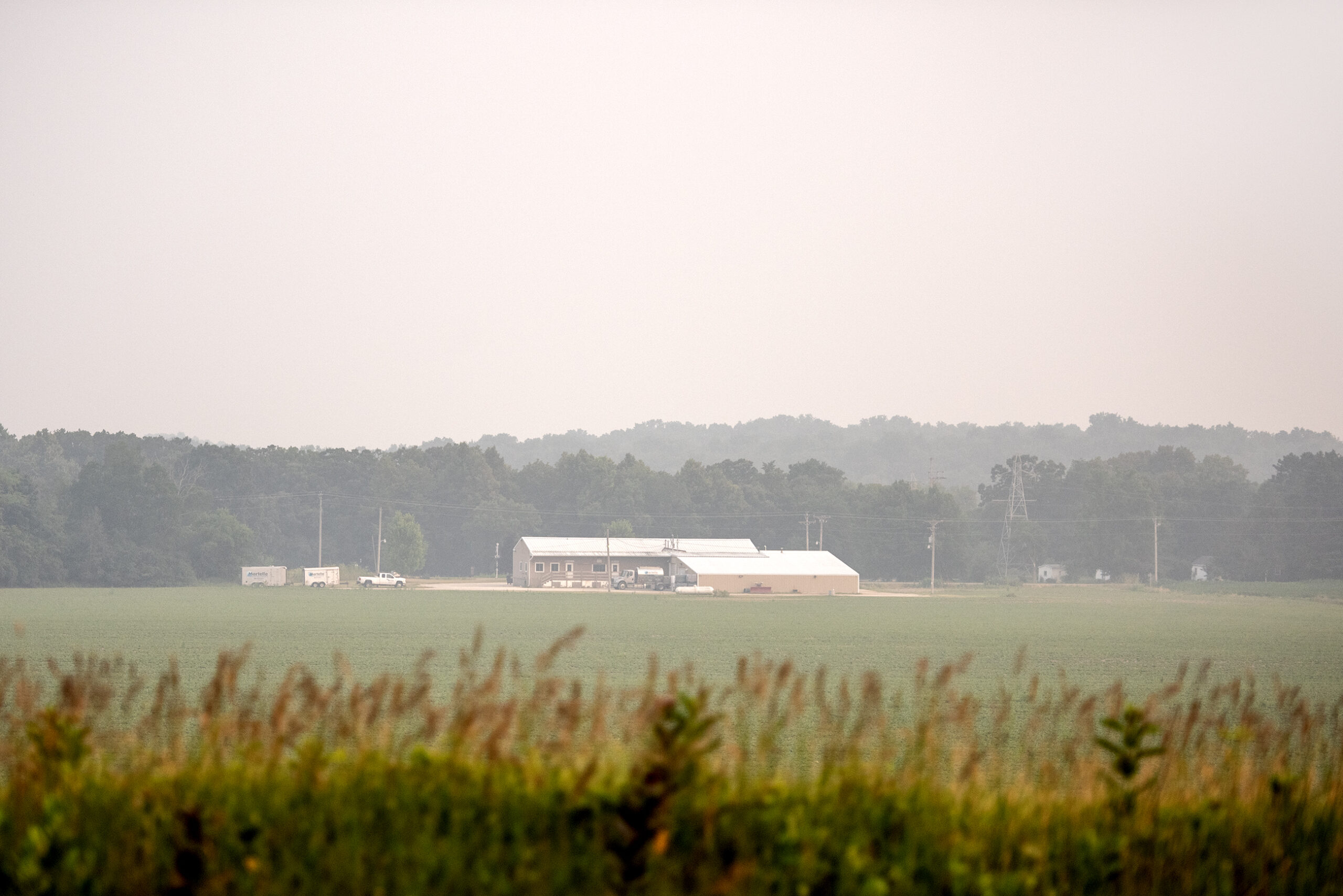
Some initial research research has shown that tiny particles in wildfire smoke could lead to a decrease in milk production and decrease in weight gain in cattle, and can exacerbate respiratory issues in other animals, including horses.
Even as the air quality has improved across much of the state, the Wisconsin Department of Natural Resources said similar advisories could occur as the summer goes on and wildfires continue to burn in northern forests. Canada had 497 active fires burning as of Friday afternoon, according to the Canadian Interagency Forest Fire Centre. That’s concerning for farmers and owners of livestock or other animals, some of whom rely on their animals as a source of income.
Dr. Jenifer Gold, a large animal veterinarian with the Wisconsin Equine Clinic and Hospital in Oconomowoc, said she saw an increase in calls about the air quality last week when much of the state had an Air Quality Index above 200, a level at which air quality is “very unhealthy” for everyone. Gold said all animals, including horses, can be affected by the smoke “just like humans.”
“It can cause significant problems if they’re breathing in enough of it,” Gold said.
The American Veterinary Medical Foundation said wildfire smoke can have detrimental effects for pets, horses, livestock and wildlife.
“If you can see or feel the effects of smoke yourself, you also should take precautions to keep your animals — both pets and livestock — safe,” said a statement from the American Veterinary Medical Foundation.
That group also said for livestock, it’s important to limit exercise, provide plenty of fresh water and limit dust exposure when air quality conditions are worrisome.
“Animals with cardiovascular or respiratory disease are especially at risk from smoke and should be closely watched during all periods of poor air quality,” the group also said.
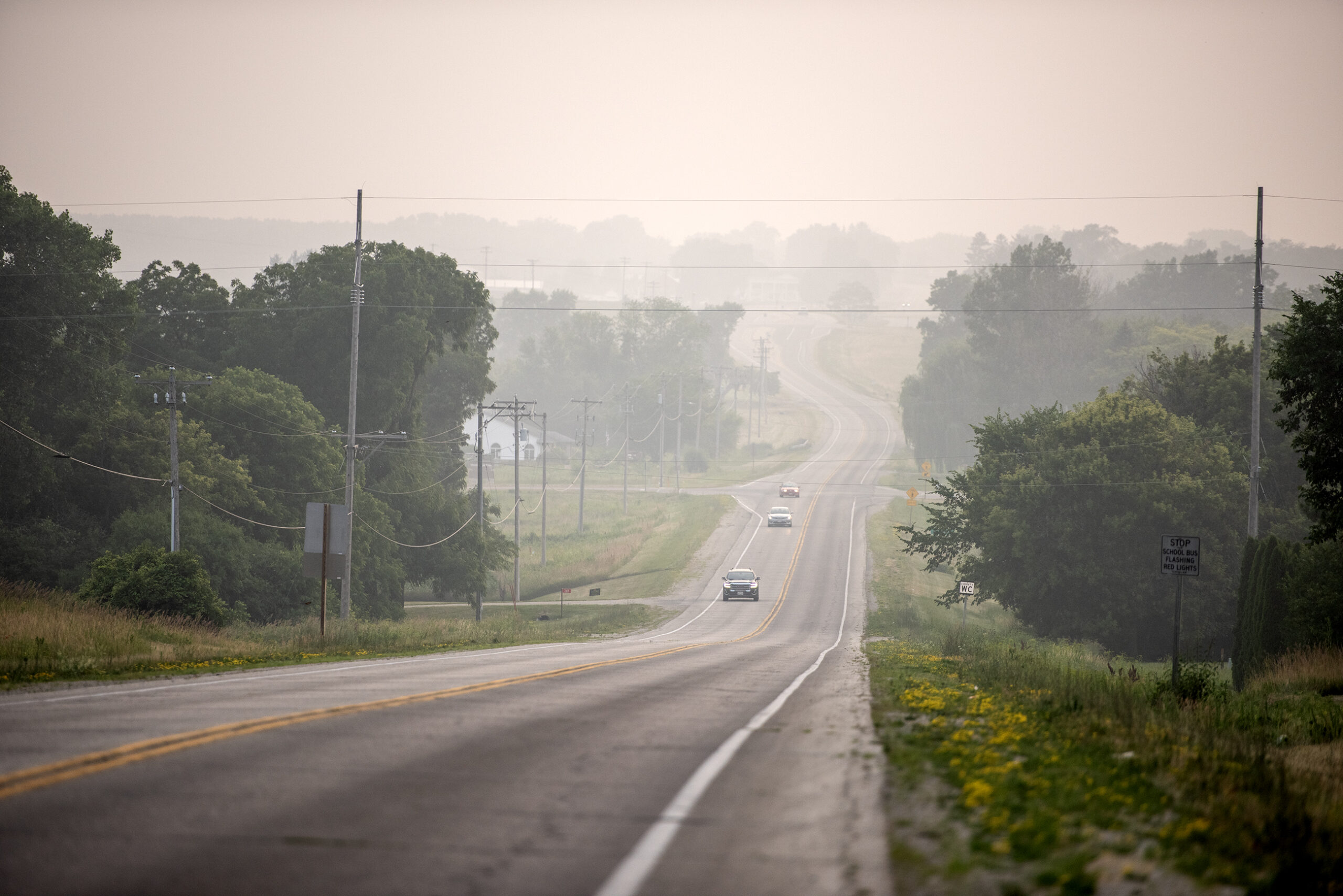
Mitch Breunig is the owner of Mystic Valley Dairy in Sauk City, a dairy farm with around 450 milk cows and hundreds of young stock. He said he hasn’t noticed any problems with his livestock yet, but plans to keep a closer eye on them in the coming days and weeks.
“I’ve never seen air quality alerts ever, we just never have them,” Breunig said. “Outside, I literally, several times, turned around and went, ‘Is there a fire somewhere that I’m not seeing,’ because you could literally smell the smoke.”
Breunig said many of his cows are inside a well-insulated barn. But some of his young stock, or younger dairy cows, are sometimes outside and are also more susceptible to pneumonia.
“This obviously is unprecedented and something we’ve never seen before, and we just have to pay a closer eye to look at our animals,” he said. “If they give us an indication that maybe they’re not feeling well, we’ll have to be more aggressive in figuring out if they have any implications.”
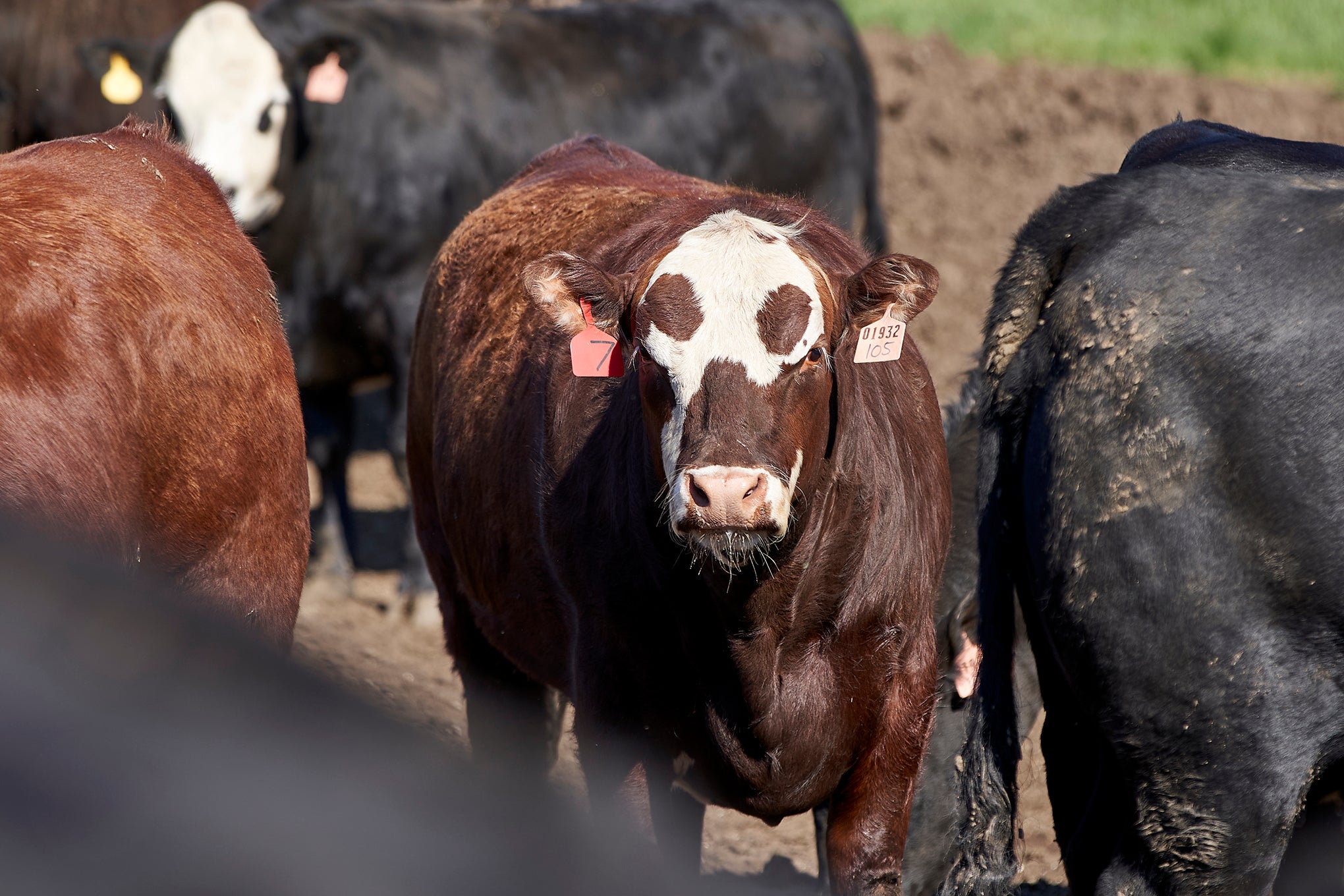
McKone said he also heightened monitoring of his horses and rode in an indoor arena rather than outdoors while the advisory was in effect.
“We ride horses that are competing at a high level, so making sure that they’re still able to do their jobs and not be impacted by it (smoke) is important to us,” McKone said. “We definitely slowed our roll down a little bit this summer because of that, and we’ll always make decisions that benefit their health and wellbeing.”
Wildfires, smokestacks and construction sites are all sources of fine particle pollution. The particles are invisible to the naked eye and about 2.5 microns in size or less. Those tiny particles can end up in our lungs and even get into our bloodstream.
The same goes for animals, Gold said.
“Ideally, you shouldn’t be riding the animal (during an advisory). They should be kept in well-ventilated places,” Gold said. “Clearly some of them have to stay outside and there’s nothing you can do, but they should have access to fresh water.”
Gold said it’s important to provide fresh water that hasn’t been sitting stale for several hours, as that water could get a smoky taste and animals and horses may not want to drink it.
A spokesperson for the Wisconsin DNR also said the smoke is likely to have similar effects to wildlife as to domestic animals.
“Smoke can impact clarity of vision, interfere with smell, interfere with respiration, and increase inflammation within bodies. We are limited in information on different air quality parameters and how they could impact individual species but it’s possible we might see some changes in behavior or adjustments to the air quality,” the spokesperson said.
“Just as with people and domestic animals, in these situations it’s best to not put additional stressors on wildlife, give them space so that they don’t feel the need to flush or run. Basically, limit those additional stressors such as close interactions as much as possible so that they have ability to minimize exertions as well.”
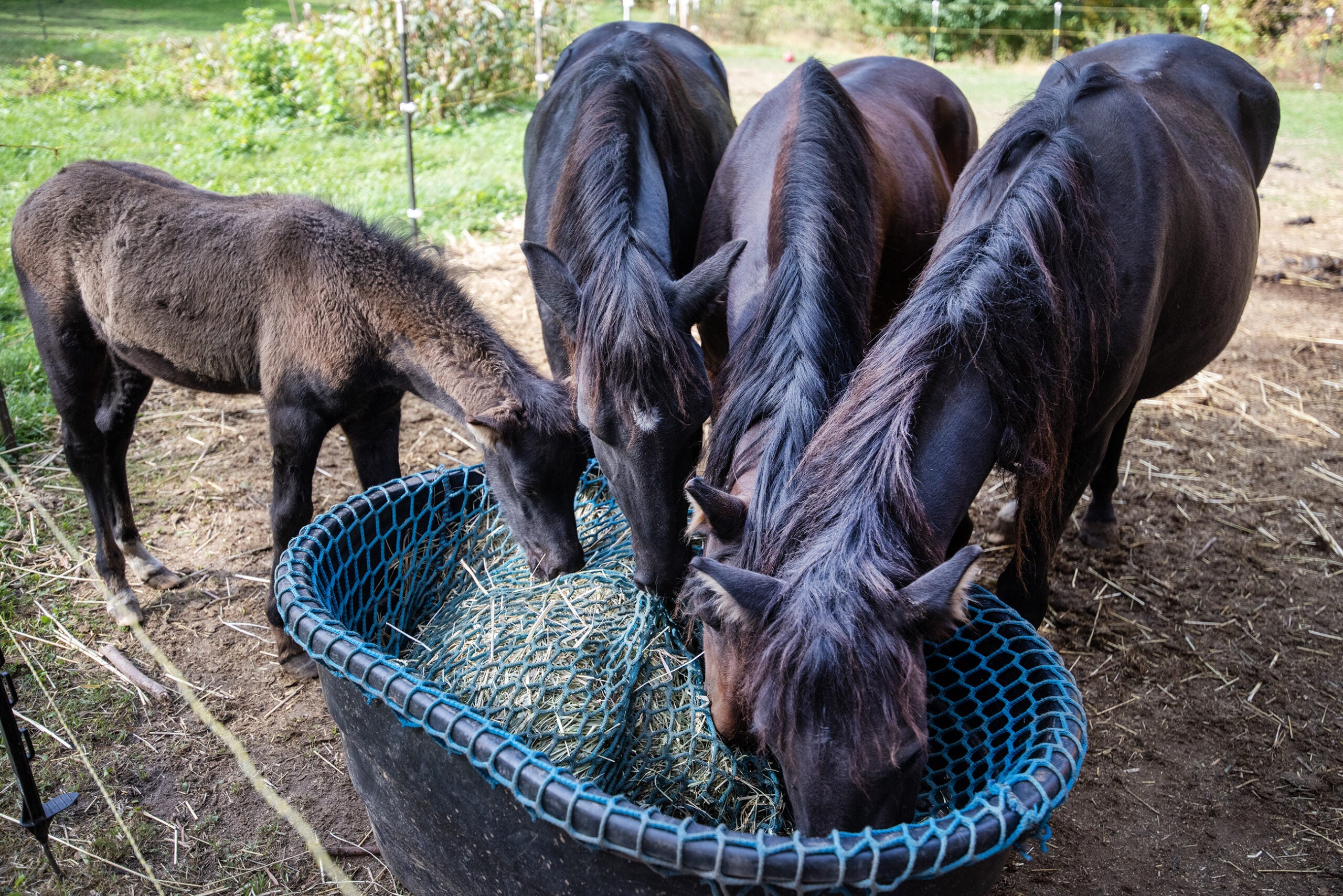
The AVMF also said if animals experience any of these symptoms, owners should contact their veterinarian:
- Coughing or gagging
- Difficulty breathing, including open mouth breathing and increased noise when breathing
- Eye irritation and excessive watering
- Inflammation of throat or mouth
- Nasal discharge
- Asthma-like symptoms
- Increased breathing rate
- Fatigue or weakness
Wisconsin Public Radio, © Copyright 2026, Board of Regents of the University of Wisconsin System and Wisconsin Educational Communications Board.
